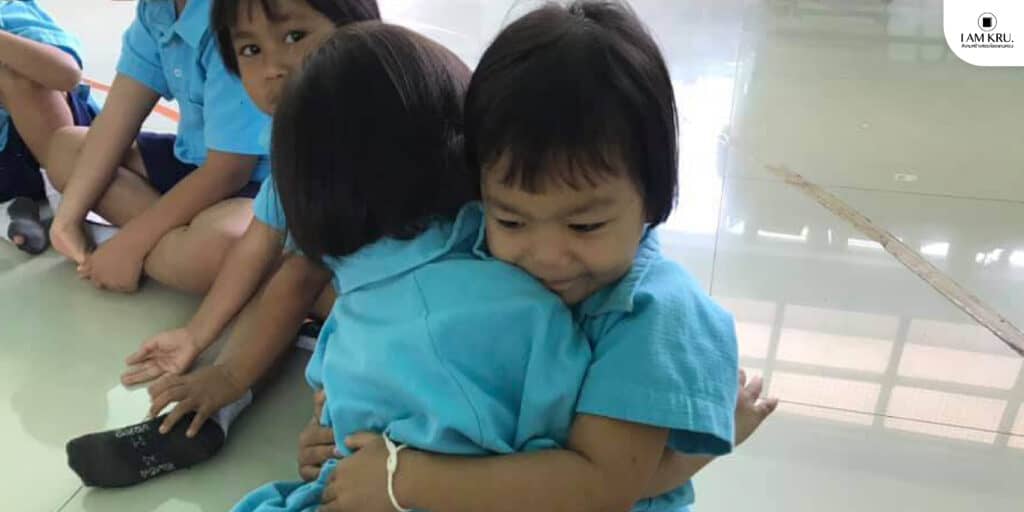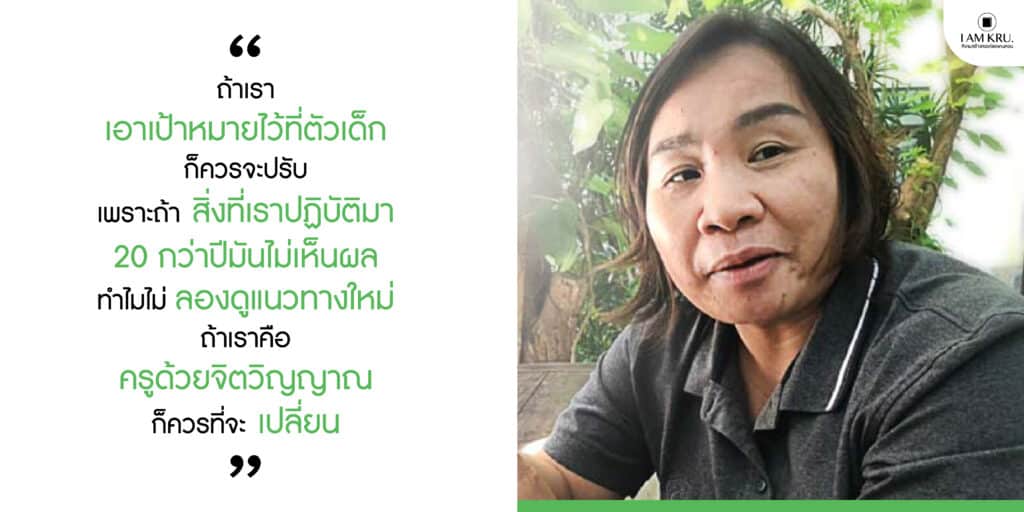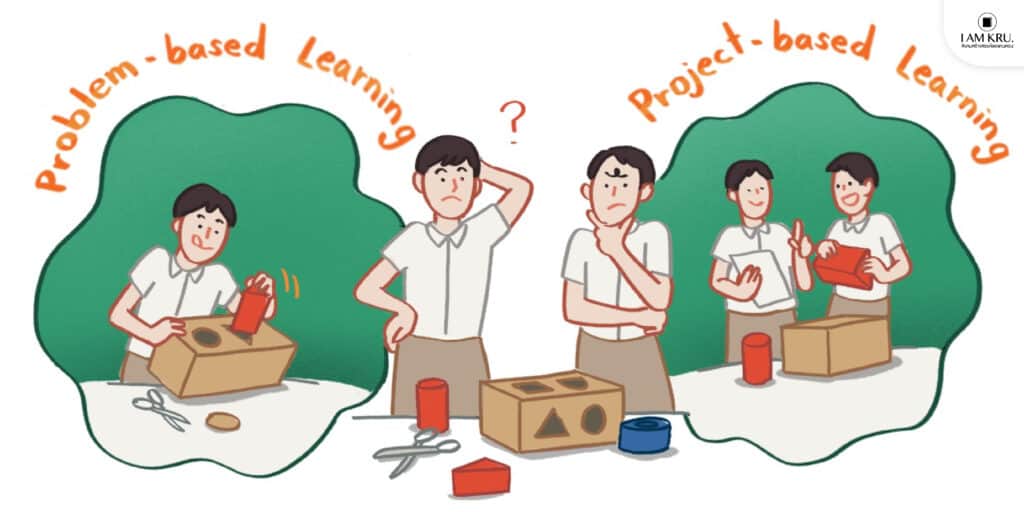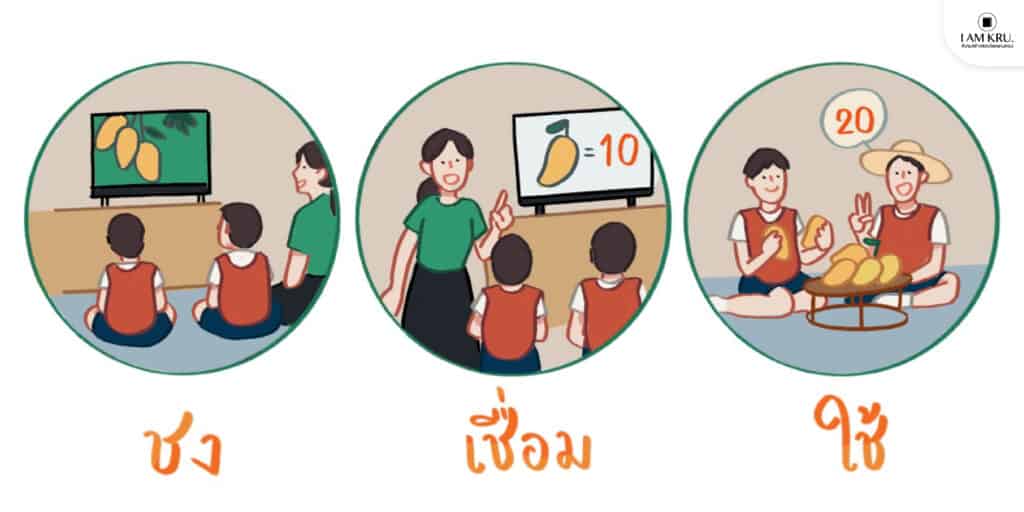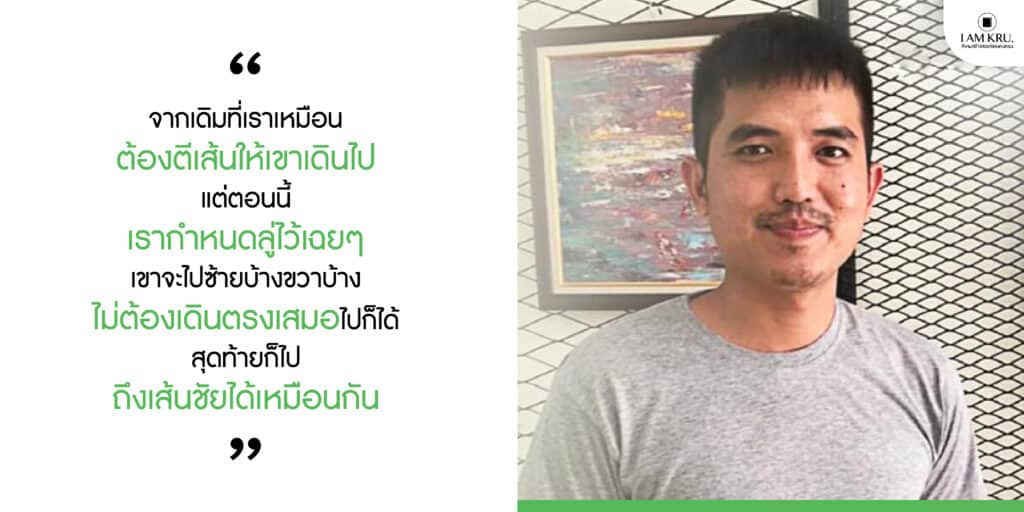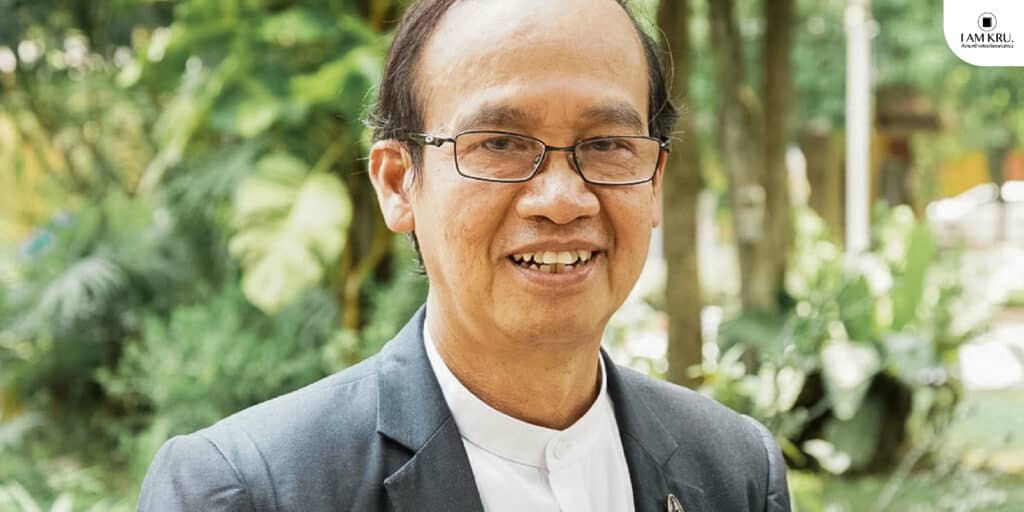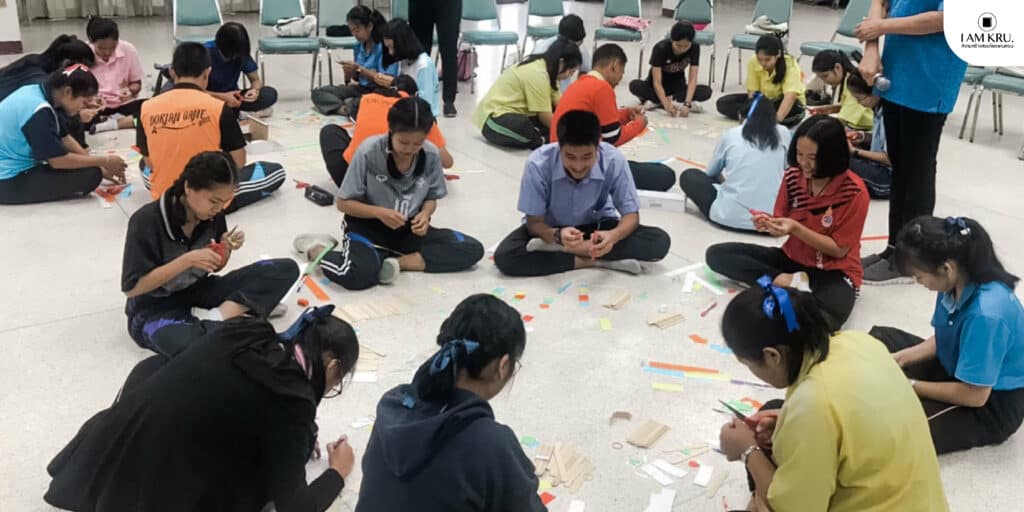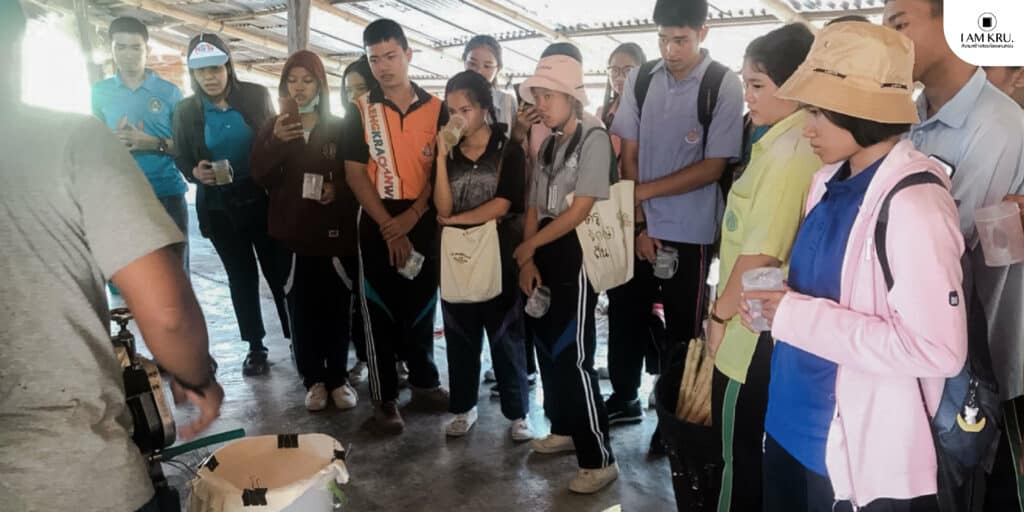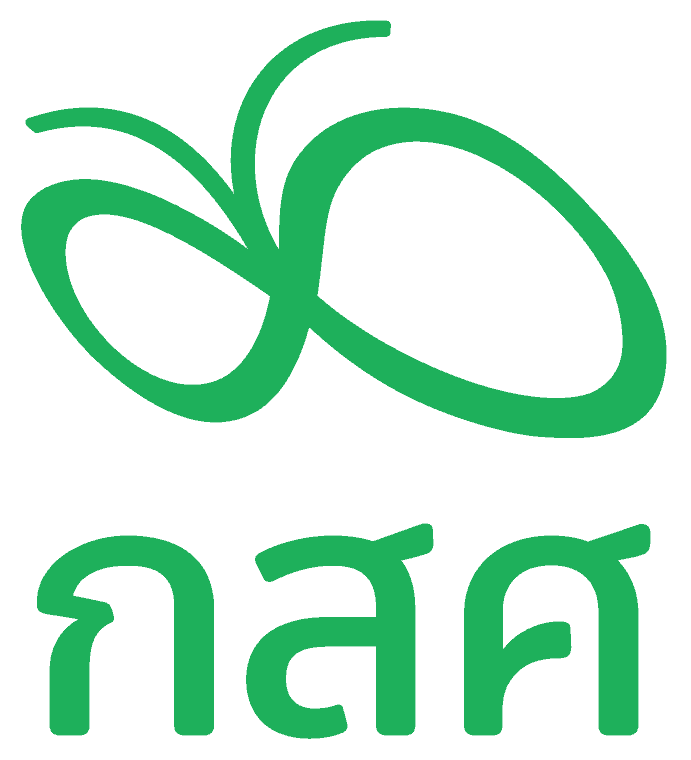‘Smart classroom’ – educational technology for student development
“Due to today’s technology, anyone can create a smart classroom with effective equipment and ideas that can properly put the 21st century tools into use,” stated Prof. Thiti Theerathean,
Starfish Country Home School Foundation.
Anyone has access to knowledge nowadays, which changes teachers’ duties.
Currently, teachers’ duties are altered to manage educational processes by using technology to assist students to leave behind education’s original limitations. Electronic teaching materials are capable of designing teaching, controlling the classroom, creating interactions, assigning and reviewing tasks, and assessing learning outcomes through online sources. This in turn lessens teachers’ burdens and increases students’ learning efficiency.
Nevertheless, not every teacher is familiar with technologically teaching because of the generation gap. Equitable Educational Fund (EEF) then has collaborated with Starfish Country Home School Foundation to hold a practical training session for all teachers in Thailand as regards designing and creating technological teaching media for smart classrooms. The purposes of the training session are to learn how to engage technology in the classroom as a ‘teaching assistant’ and to demonstrate how modern technology changes an ordinary classroom.
With fundamental devices; computers, smartphones and the internet, in particular, a classroom can become an endless source of knowledge. Previously, for instance, in baking classes, baking instructors were presently required. Otherwise, teachers needed to study and conduct certain experiments before teaching. As of now, ingredients and baking processes are available on Google, so is a baker on Youtube. A baking class, in consequence, can be effortlessly started. Accordingly, using this educational process in the classroom changes the role of teachers.
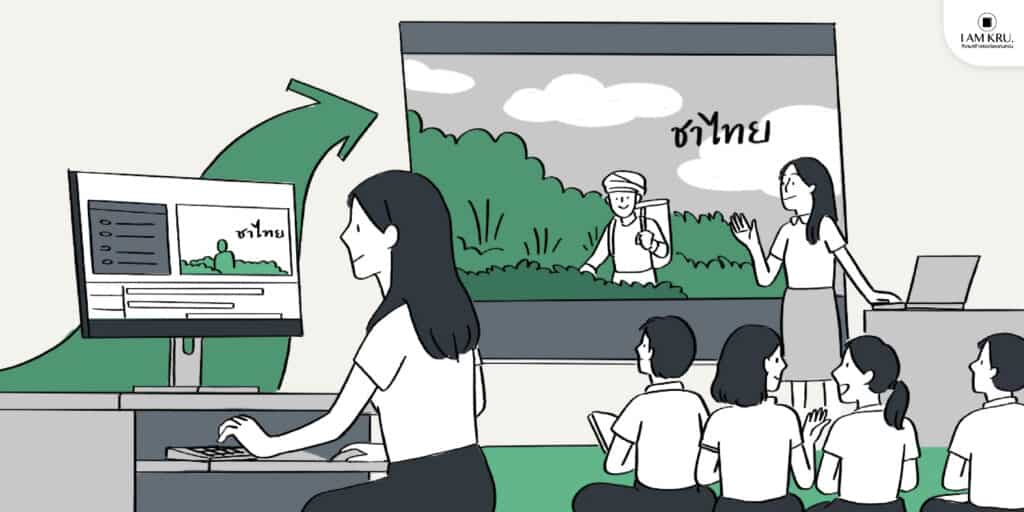
The role of teachers
Teachers of the technological age have to manage ‘information’ and ‘teaching methods’ in the classroom systematically. Teachers need to know who, what, where they are teaching, assess students’ capabilities if they are making progress or struggling, and know how well students understand educational content. Importantly, teachers should provide students with access to numerous sources in order that they can make use of information or build their own body of knowledge, resulting in a more sustainable way of learning, and a better environment for students to interact with information and surrounding people.
Technology on data management for students
Since the internet is a component of enormous data sources, teachers are regarded as data analysts to help ensure data credibility for students. Technology in the meantime assists teachers in designing learning that is suitable with different age groups of students, adjusting activities’ difficulty, and analyzing students’ specialities and defects toward learning individually. Technology can also record and evaluate results before sending them back to teachers in order that they can provide feedback to parents and develop better teaching methods.
Teachers, in addition, have to prepare educational content and design teaching methods. In the course of creating a smart classroom, it involves TPCK Model, the technological (T), pedagogical (P) and content knowledge (CK), a paradigm or activity plan that integrates technology. For example, given that teachers would originally prepare a lecture for each class, the concern now is how teachers will design technology-integrated activities that can improve students’ abilities. Moreover, teachers will have to determine how educational content is presented, whether in the form of books, images or videos that can provide students with the best accessibility.

21st century technology models for education
Prior to planning activities, with the abundance of devices and applications, teachers have to know the capabilities of each and which appliance should be in use at different times and situations. Selecting suitable technology for teaching, furthermore, motivates students’ enjoyment and interest. For example, Poll is a voting application which allows students to give their opinions through smartphones. Poll will then conclude the result in the pattern of a graph on teachers’ screen.Another application to consider is Kahoot. Kahoot assists teachers in setting up questions and choices, similar to playing a game. It also helps teachers evaluate how students understand the lesson.
Thus, students can enjoy answering questions by using Kahoot.
Activities beyond original classroom limits
Smart classrooms embrace a great deal of activities that students can learn limitlessly. To give an example, formerly, it was difficult for students to access Astronomy, because it may require an effort to study the night sky. However, an application has been made to facilitate Astronomy by imitating the position of the stars in the sky as well as capturing students’ position. It then makes Astronomy available to study during daytime. In terms of Science, children can study the function of the human heart and the anatomy of a frog in a three-dimensional perspective without having to leave the classroom or using any real organs in class.
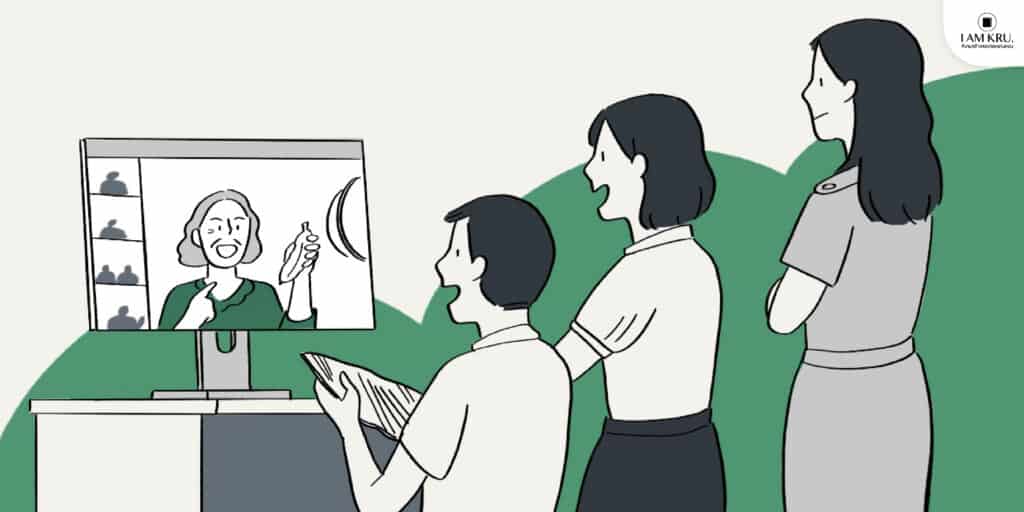
Teachers’ capabilities are key, despite technological advancement
Project Based Learning or Problem Based Learning has become an interesting teaching method. To be specific, teachers engage in defining problems, explaining purposes and assigning students to self-educate through searching for information, and conducting and arranging a group discussion. Teachers can use technology to connect with outside sources for students in order that they can consult specialists via video conference or online applications that allow users to hold meetings in different locations. As a consequence, teachers’ required skill is defining problems which are proper to data searching and students’ self-learning.
With such a technique, students will be able to build up knowledge by means of internet searches, self-experimentations, outside source consultations as well as group discussions to expand their understanding progressively. Meanwhile, teachers will investigate and monitor students’ learning individually. For that reason, if any problems occur with students’ learning, teachers can immediately help out. Teachers, in other words, supervise students in their learning processes. The role of teachers in the 21st century can be compared to that of chefs. Particularly, teachers need to be acquainted with various devices decently used in teaching, so do chefs with ingredients used in seasoning. It is not necessary for teachers to use the same equipment while teaching because the one best tool does not exist in the world of technology. Instead, what plays the most significant part is that teachers should select gadgets that are appropriate to educational content, along with their own students.
751
Writer

- เอื้อการย์ โรจนจิรไพศาล (มะแม้ว)
- นักเขียนผู้หลงรักการผจญภัยในเมือง ปรัชญาในชีวิตจริง และการไป Cafe Hopping ทั่วทุกมุมเมือง
